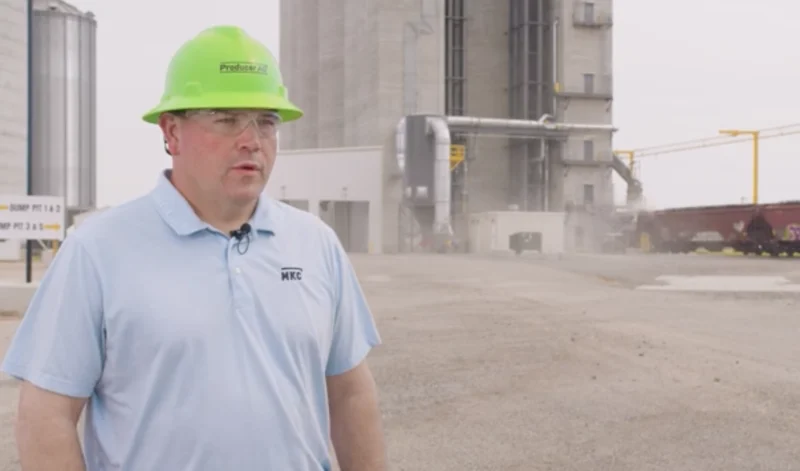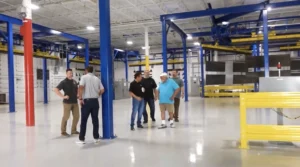The Roboticist Chronicles: The Strengths and Weaknesses of Collaborative Robots
We all can use a little help from our friends – but what if that friend is a robot?
With collaborative robots, robots with safety features that allow more human interaction or for humans to work nearby, that’s possible.
It’s not only safety where collaborative robots shine, however, with programming a task that can be taken on even by those who haven’t programmed robots before.
“In the collaborative space, I think that’s been one of the big selling points. I can pick up a pendant (and) actually grab the robot and kind of move it around and guide it through the path so you don’t have to jog it, save a point, jog it again, save another point,” said Tyler Naatz, Advanced Applications Engineer, Robotics and Automation for 3M’s Abrasives Systems Division. “You can kind of do that through follow-my-path type programming using all those sensors that are in these robots. I think that’s a big reason people are looking at them.”
With that ability to minimize the complexity of programming also comes a few drawbacks. For one, the tool force will be limited, as will the speed at which a collaborative can run. That makes it perfect for projects like orbital sanding, but perhaps not the right fit for some other endeavors.
There are other fantastic applications, as well, like a project ARC Specialties President Dan Allford was working on when he needed to polish conical pressing dies.
“To do that, we’re having to polish all the way around the circumference, around the corner, very complex shapes,” he said. “So, a robot was perfect for the application in that a robot could make all these moves. By using a collaborative robot with that sense of touch and the ability to maintain constant tool force, we’re able to, (even) as the part changed size or particularly as the abrasive changed size.”
“The collaborative robot, with that ability to translate and change trajectory on the fly based upon loads, made it a great application.”
Follow us on social media for the latest updates in B2B!
Twitter – @MarketScale
Facebook – facebook.com/marketscale
LinkedIn – linkedin.com/company/marketscale









